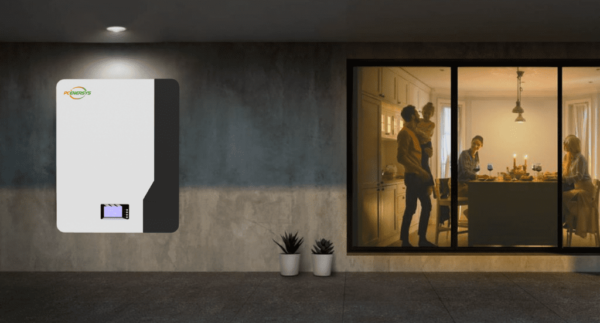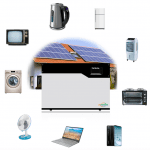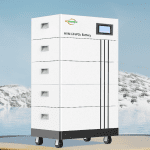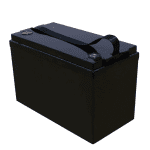Nowadays, household energy storage battery is a must-have energy storage tool for almost every family. They can provide energy for their homes anytime and anywhere. However, we also encounter many problems in our daily use. These problems will affect the service life of household energy storage batteries, energy storage energy consumption, etc. In this guide, we’ve collected common usage questions from users to provide practical solutions to improve these home energy storage batteries’ efficiency, reliability, and overall performance.
Solve the problem of the short life of Household Energy Storage Battery
To address the issue of limited battery life for home energy storage, a prudent approach is to limit the energy consumed per cycle. Deep discharge management plays a key role in optimizing overall performance. Additionally, it is crucial to keep the battery within the optimal temperature range (typically -20°C to 65°C). Efficient cooling and heating systems regulate temperatures during charging and discharging, preventing extreme conditions that can harm battery health. Customizing the charge profile to specific battery chemistry considers charge rate, voltage limits, and temperature thresholds to improve efficiency further and extend battery life.
Solve the problem of household energy storage battery temperature
Household Energy Storage Batteries must be equipped with a heating system to prevent performance degradation in cold weather to ensure operation within the optimal temperature range. Adding insulation around the battery can help retain heat and slow the temperature drop during icing conditions. Regular temperature monitoring and a warm-up strategy during cold periods can improve efficiency.
The integrated cooling system can effectively dissipate excess heat, prevent overheating, and maintain battery efficiency for high-temperature scenarios. Placing batteries in a cool, well-ventilated area, using radiators or panels, and employing insulation techniques are standard practices for managing external heat sources and maintaining a stable internal temperature.
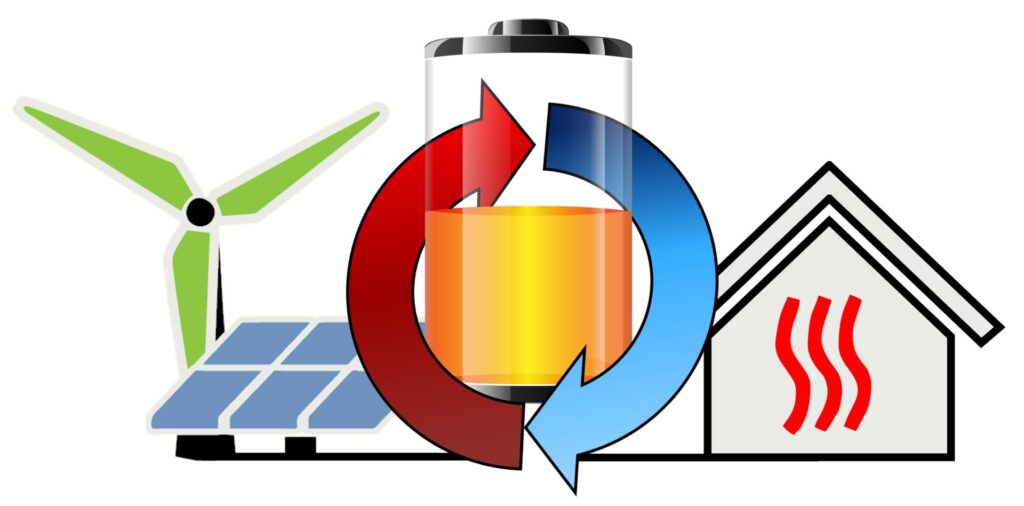
Solve the problem of unstable power supply
Implementing a voltage regulation system stabilizes the output voltage to offset unstable power supplies and ensures consistent power delivery. A frequency monitoring mechanism detects power supply frequency changes and adjusts to maintain stability. The advanced inverter control system adapts to supply and demand fluctuations and provides more stable and reliable power output. Installing backup power systems, such as generators or additional energy storage capacity, can be a contingency measure for mains power fluctuations, ensuring continued power availability.
Security Question
Safety is a paramount concern for users of household energy storage batteries. Our batteries prioritize safety by incorporating robust and fire-resistant materials in their casing design, creating a protective shield against external influences on the battery cells. Adequate ventilation is ensured to dissipate heat effectively. Furthermore, a temperature sensor embedded within the battery pack continuously monitors temperature levels. If the temperature surpasses predefined safety thresholds, the system takes proactive measures, such as adjusting the charging rate or activating a cooling mechanism.
To prevent excessive current flow, installing overcurrent protection devices, such as fuses or circuit breakers, proves instrumental. These devices swiftly interrupt the electricity flow during a fault. Utilizing a Battery Management System (BMS) helps maintain balanced individual cell voltages and monitors battery health. This proactive approach minimizes the risk of overcharging or discharging individual cells, mitigating the potential for thermal runaway and fire hazards.
Problems with integration with renewable energy
Integrating home energy storage batteries with renewable energy sources, such as solar panels or wind turbines, is a common challenge. Intelligent energy management systems offer a solution, allowing homeowners to seamlessly incorporate energy production from renewables. These systems synchronize the battery’s charge and discharge cycles with renewable energy generation. Advanced hybrid inverters facilitate the simultaneous connection of renewable energy and energy storage, efficiently managing two inputs. These inverters convert DC power from solar panels into household AC power while charging the home energy storage battery. By sizing energy storage batteries appropriately based on renewable energy capacity, homeowners can store excess energy for future use. This approach minimizes waste and enhances the overall reliability of the energy storage solution.
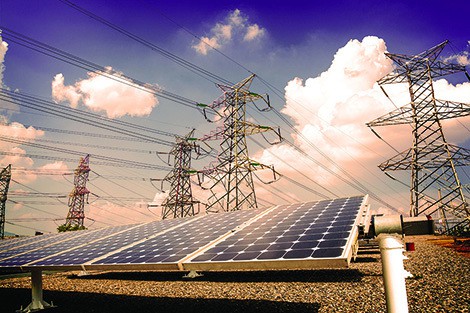
Finally
Almost all of the problems in the guide are ones we encounter in our daily lives. Our solutions can help you solve the problems and use more stable household energy storage batteries. You can visit our official website to consult customer service if you have any questions.

